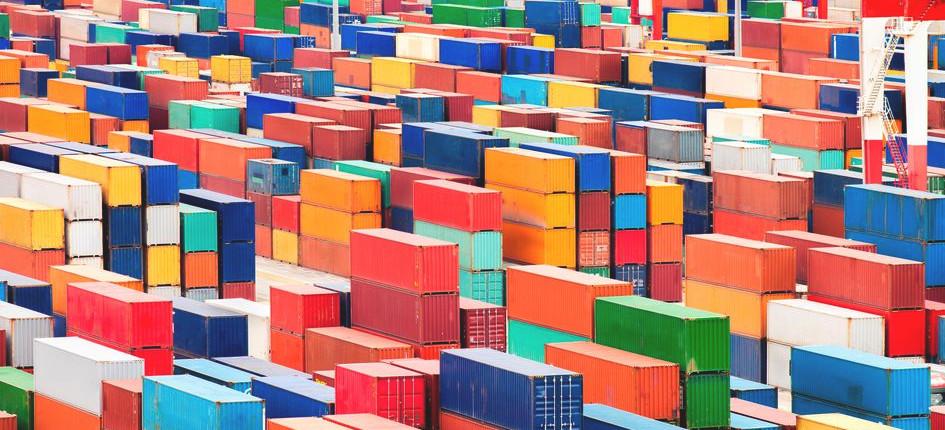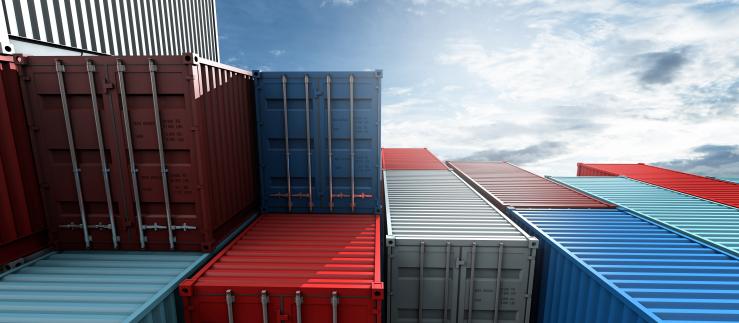Customs tariff number and HS code
All commercial goods must be declared to the customs authorities at the time of import or export. To do so, a customs tariff number is needed.
The customs tariff number is used for the unique coding of goods in cross-border trade. This commodity code is used among other things for statistical purposes and to determine import duties.
Like most global customs tariff numbers, the Swiss customs tariff number is based on the internationally valid Harmonized System (HS). The HS code corresponds to the first six digits of the respective customs tariff number. The following digits are region-specific (country, customs union).
In order to assign the goods to the correct customs tariff number, product-specific expertise is usually necessary. The classification of the goods can be made on the basis of the list of goods in Tares or in our free customs database. In the event of uncertainties, it is possible to obtain binding customs tariff information from the Federal Office for Customs and Border Security.
Customs duties
Customs duties serve primarily to protect the domestic economy in the country of destination. In most countries, the invoiced value of the goods is used to calculate the customs duties. In Switzerland, however, the gross weight is the basis for the calculation.
The amount of customs duties due is defined by the customs tariff number of the goods. You can find out which import duty is levied on your goods in the country of destination in our free customs database using the corresponding HS code. Or you can use our practical GoGlobal Cockpit to create a checklist for your commodity code for a specific destination country.
If there is a free trade agreement (FTA) between Switzerland/EFTA and the country of destination, you may be able to benefit from a preferential tariff rate. For this purpose, the goods must comply with the rules of origin defined in the FTA and valid proof of origin must be issued. If there is no FTA with the country of destination or if the goods do not comply with the rules of origin, the Most Favored Nation (MFN) tariff rate set by the WTO applies.
In addition to the “normal” customs duties, additional duties are levied on imports in some countries and for certain goods, such as VOC (steering tax on volatile organic compounds), beer and tobacco duties or even anti-dumping duties. To which
goods and at what rate these duties are applied can also be seen in our customs database.
Under the Generalized System of Preferences (GSP), Switzerland, like other countries, grants tariff reductions for goods originating in developing countries. Normally, industrial products are exempt from customs duties and other products enjoy preferential tariff treatment. For goods from the Least Developed Countries, exemption from duties is granted on all goods. In order to be able to benefit from the tariff reductions, a corresponding proof of origin is required. This can be either a Statement of Origin, a Form A or a Declaration of Origin REX (Registered Exporter).






